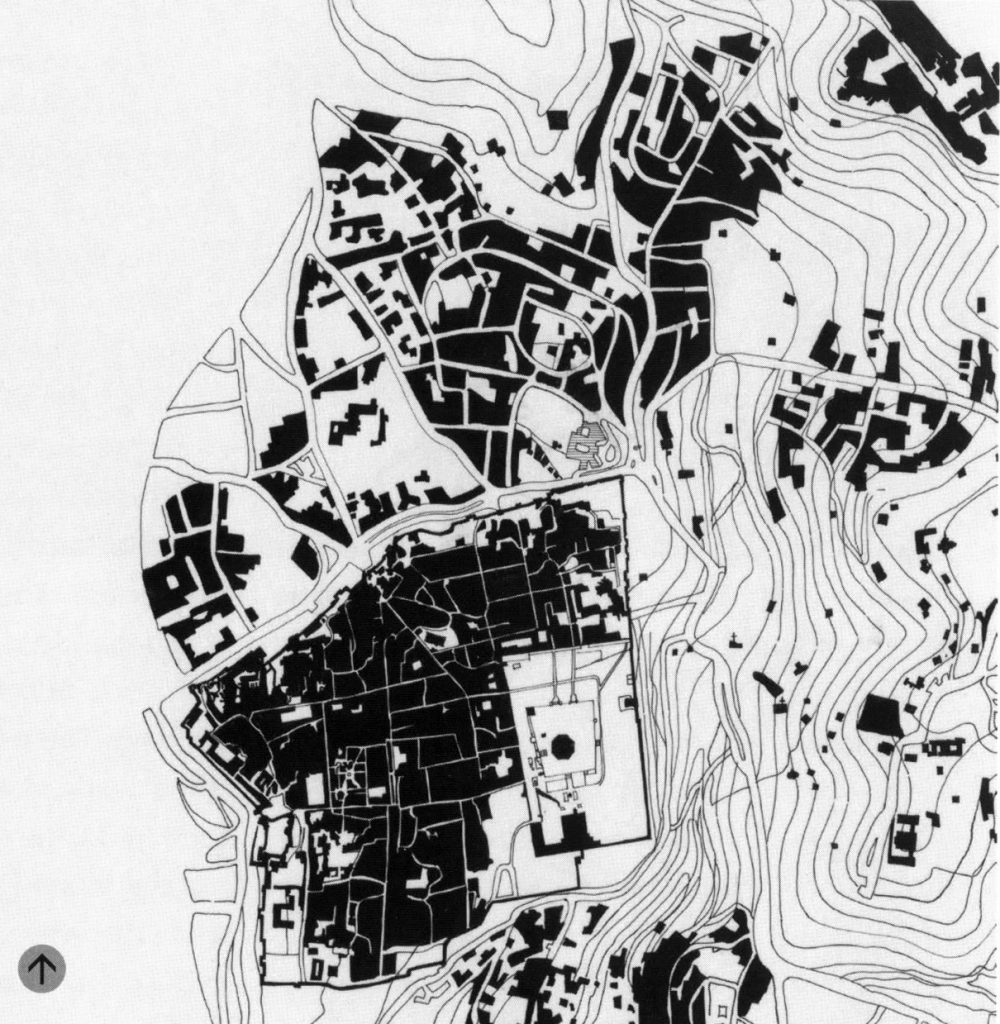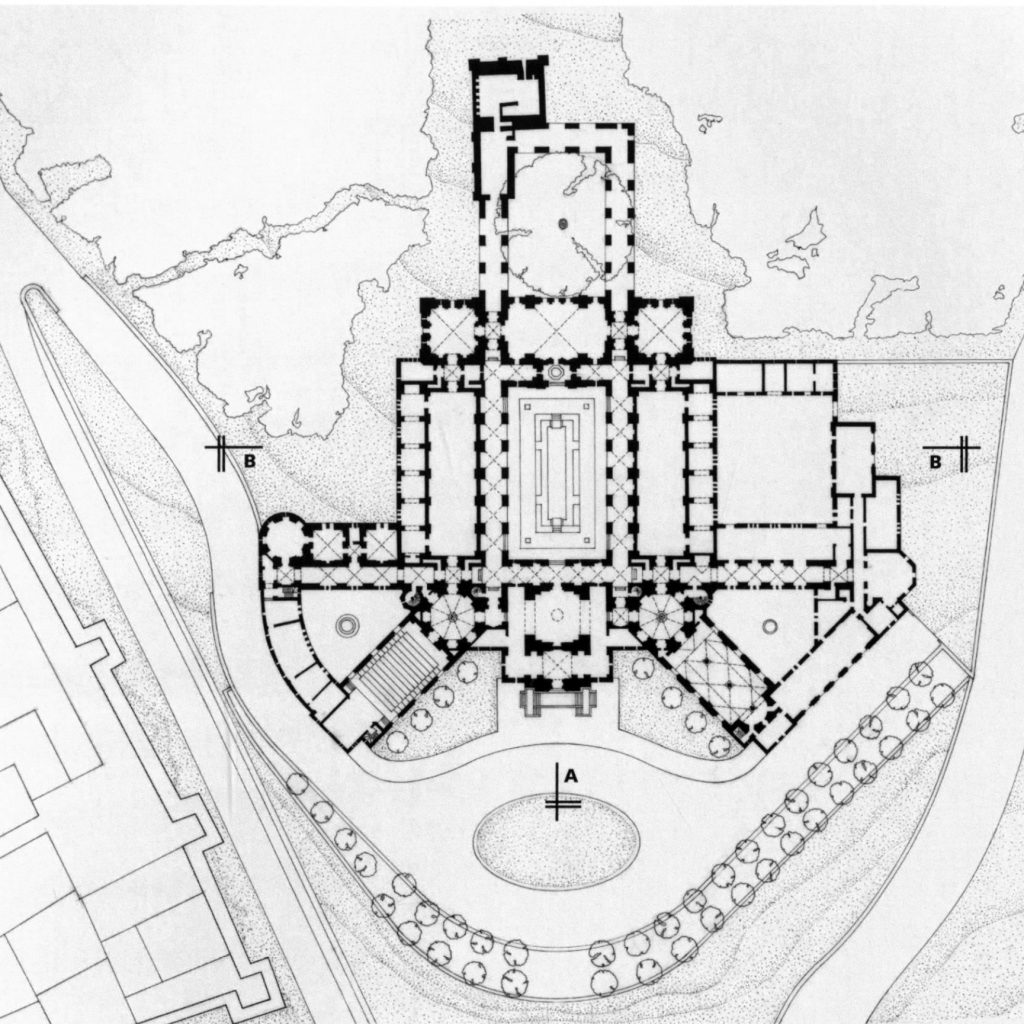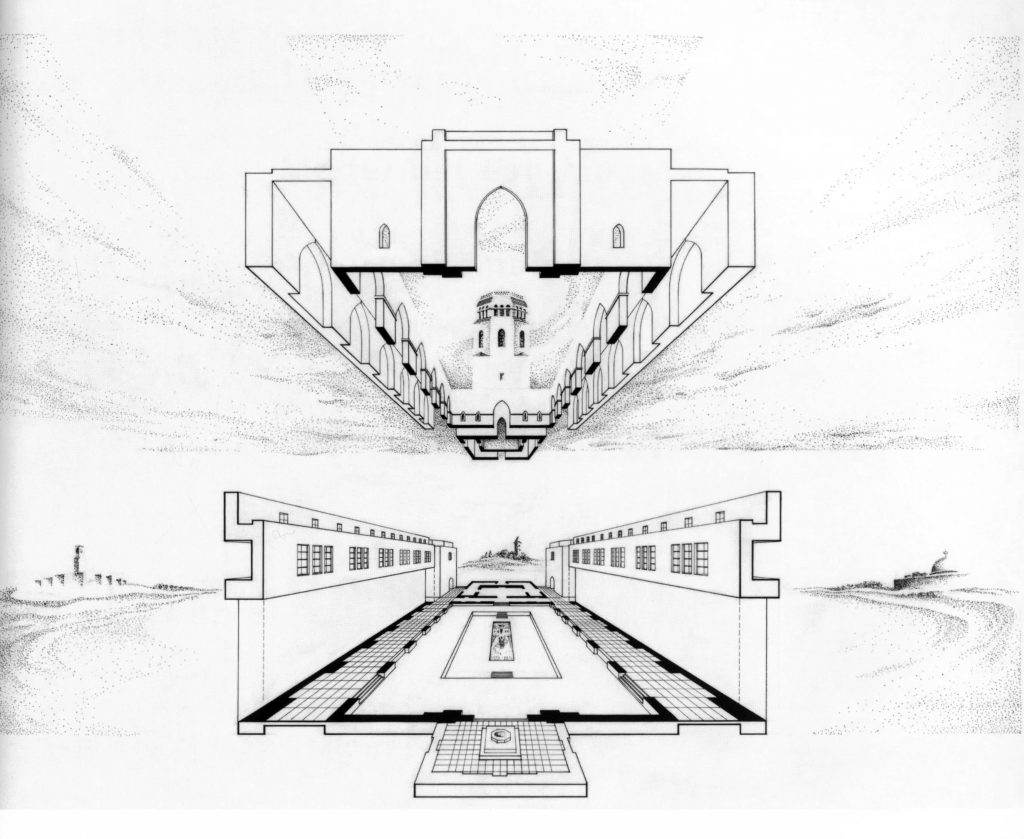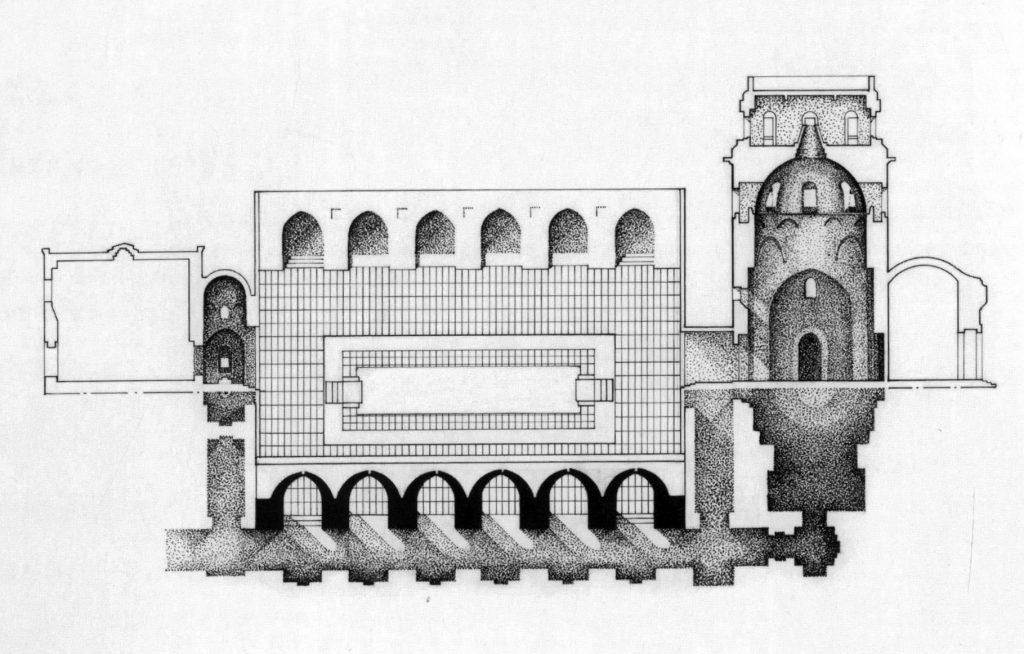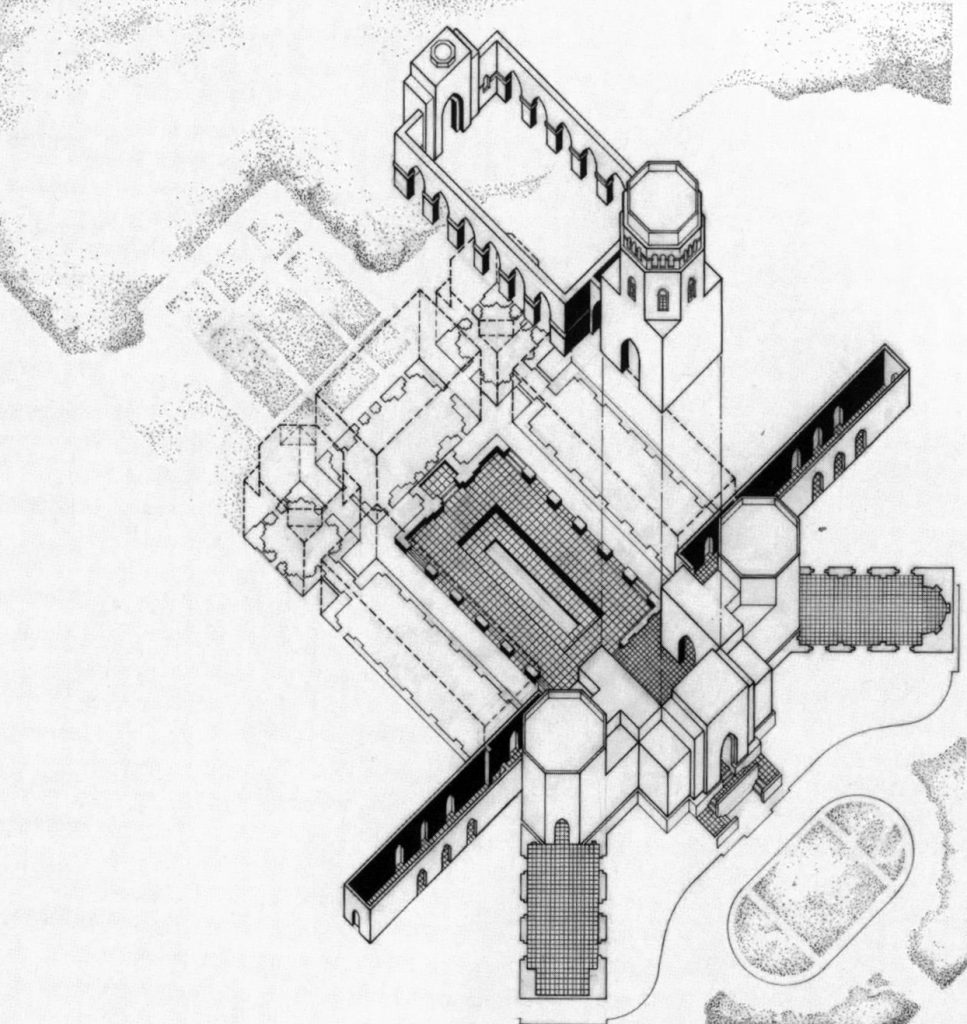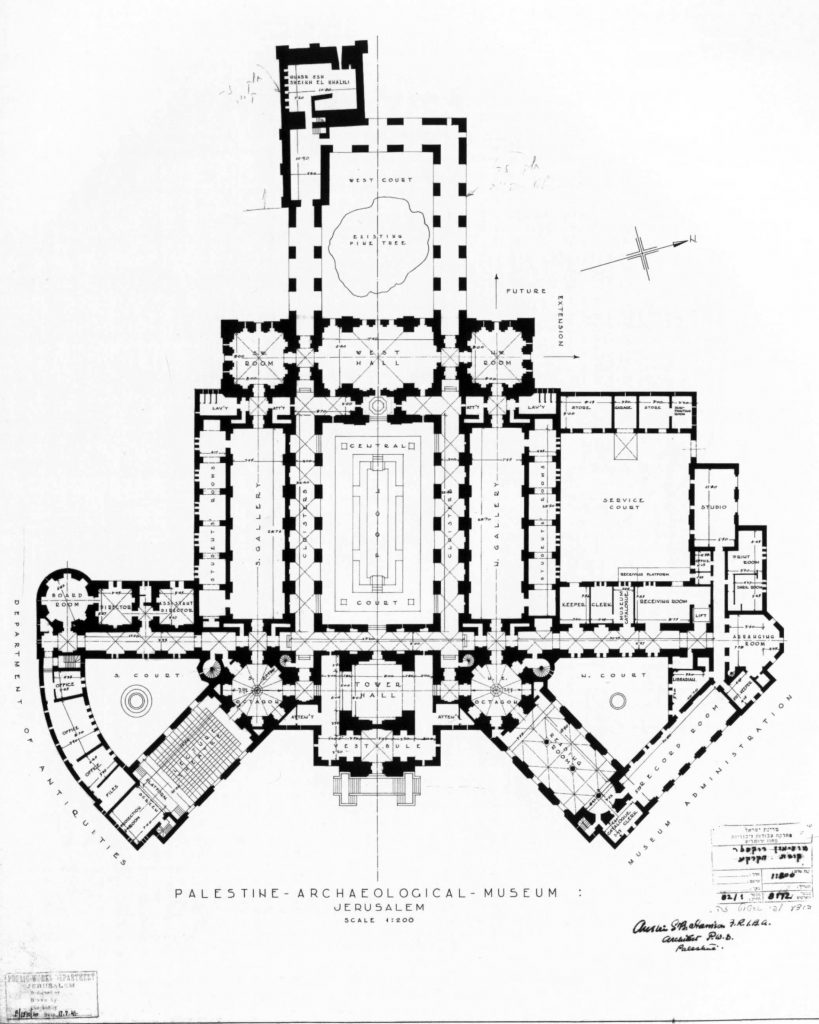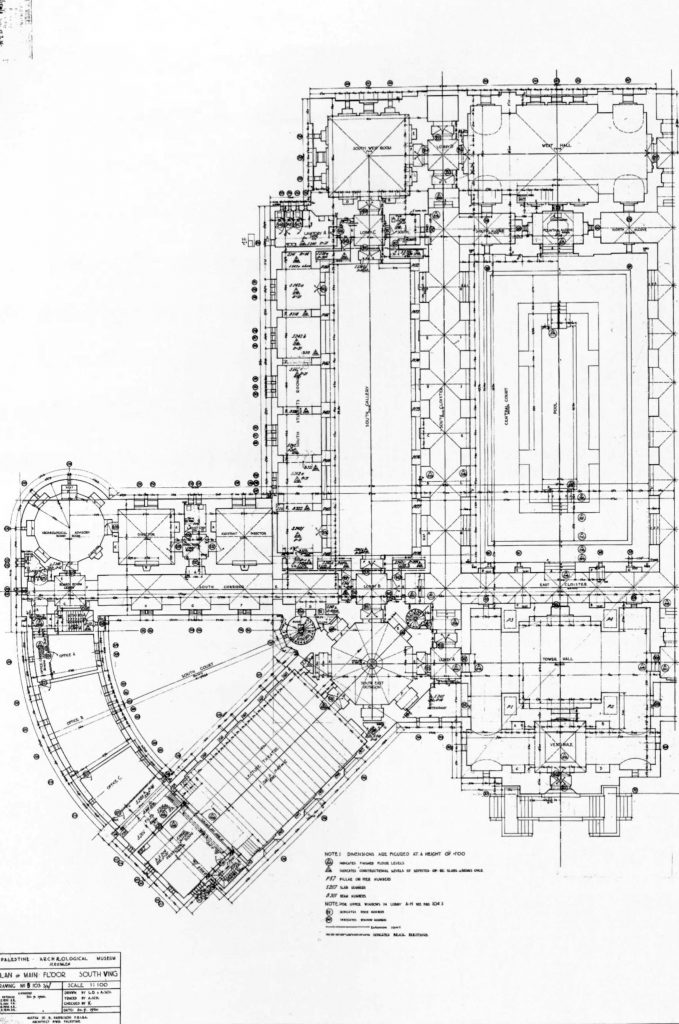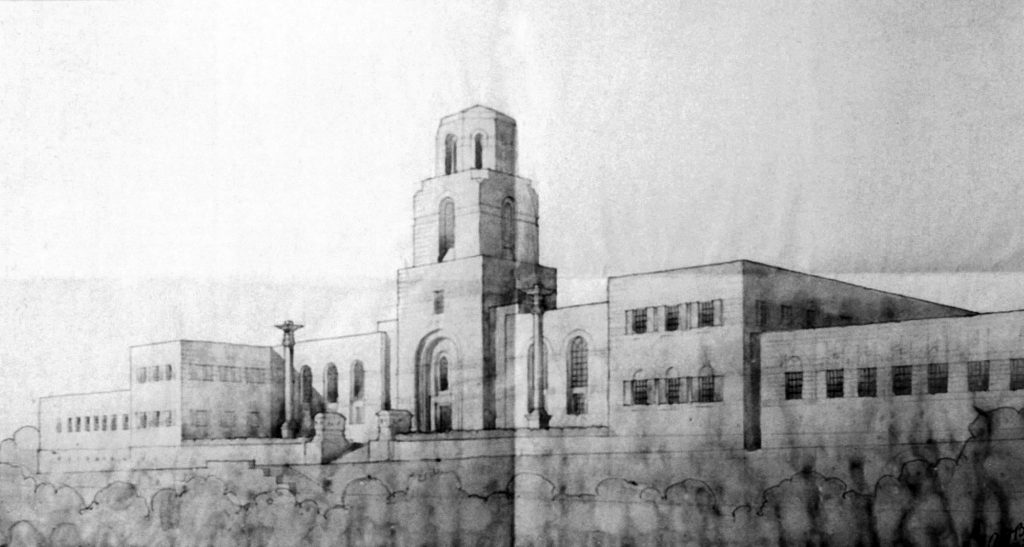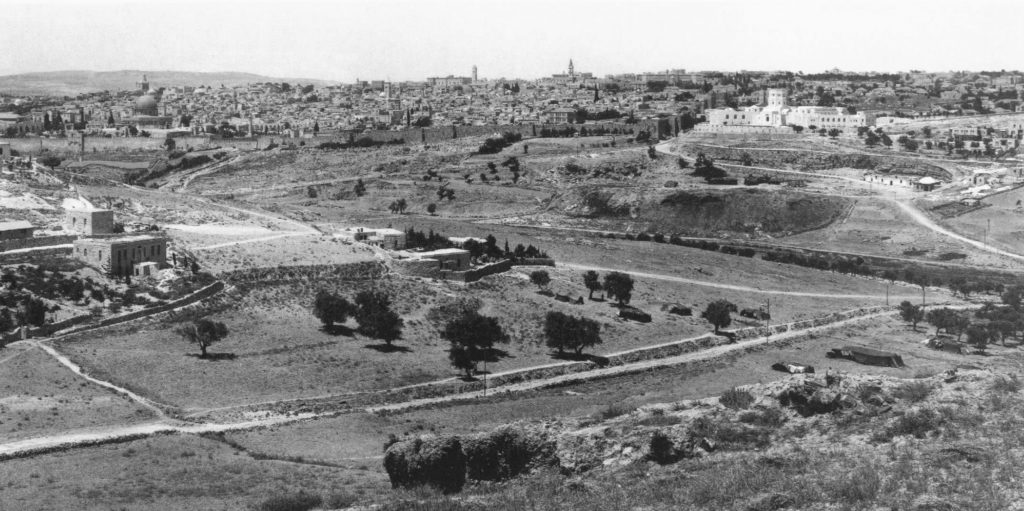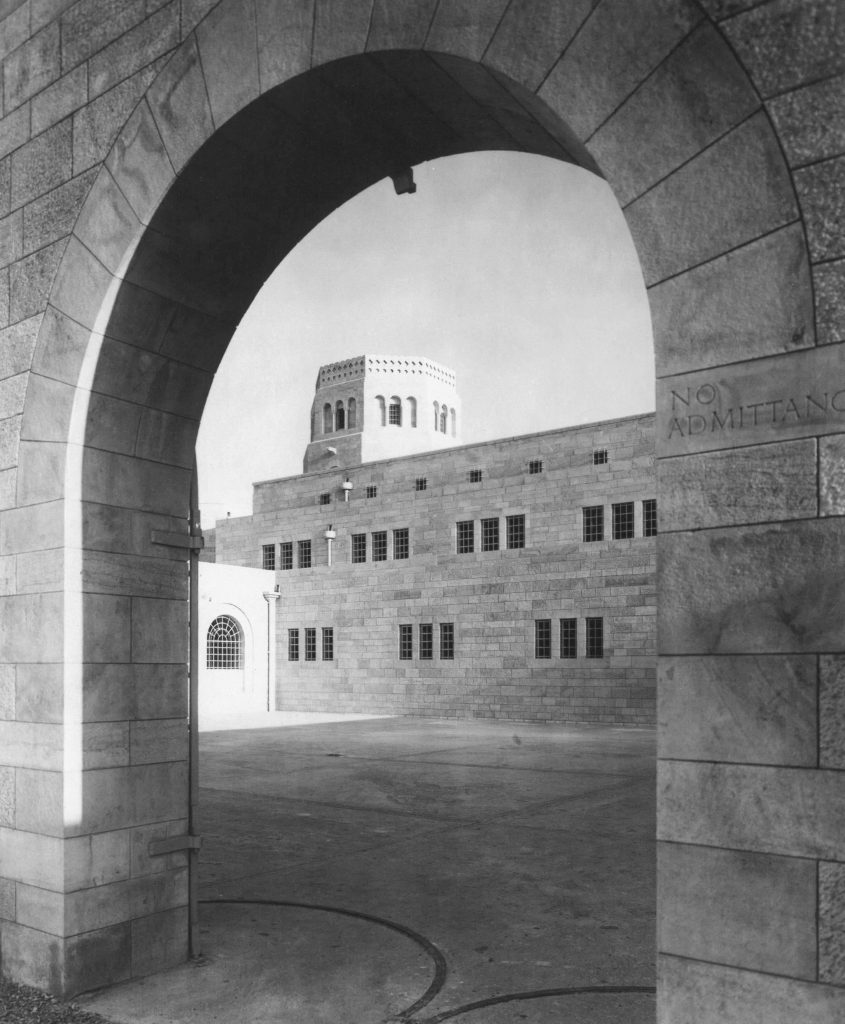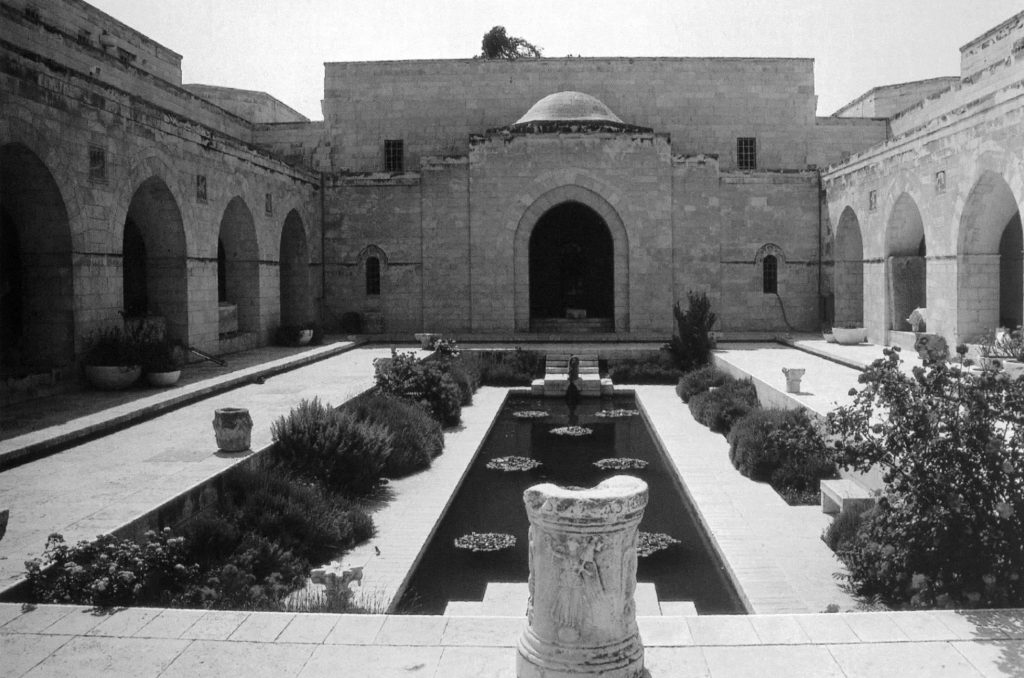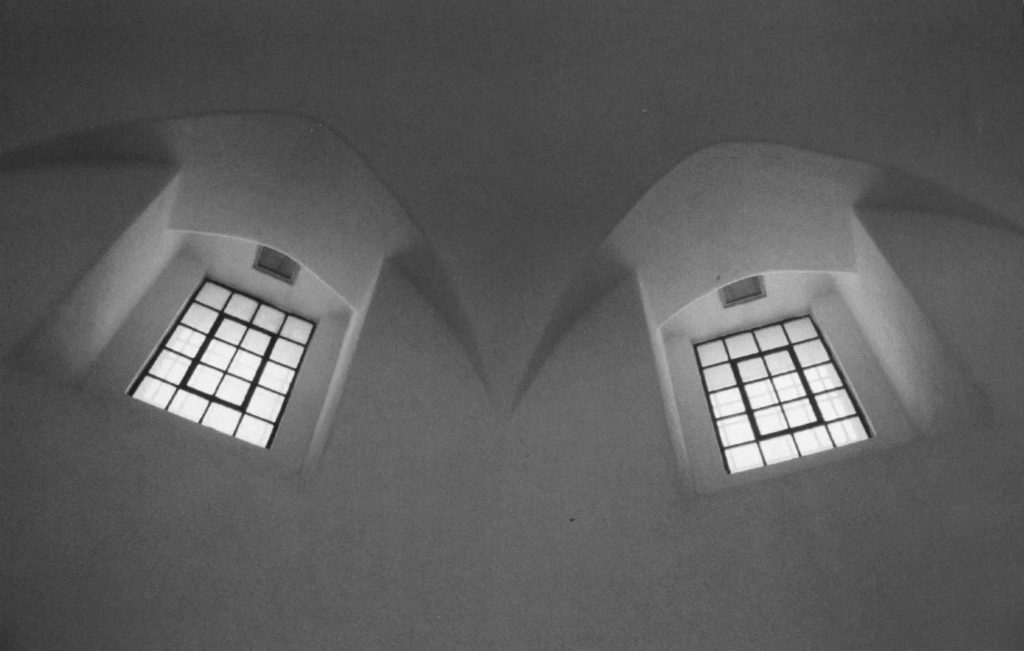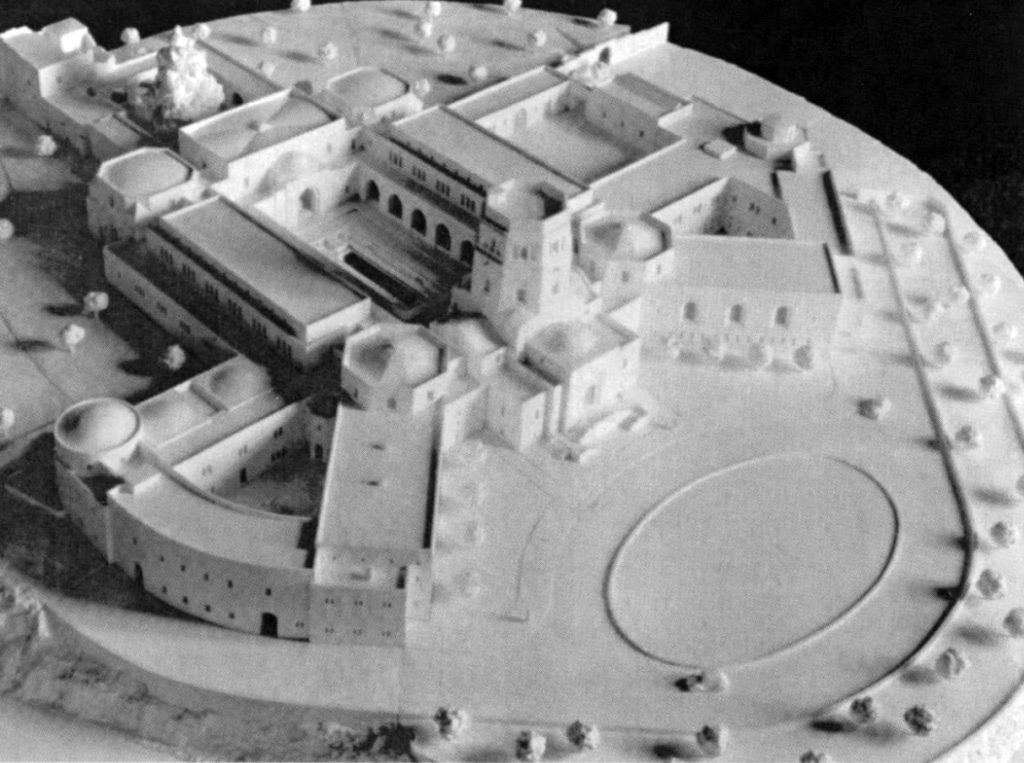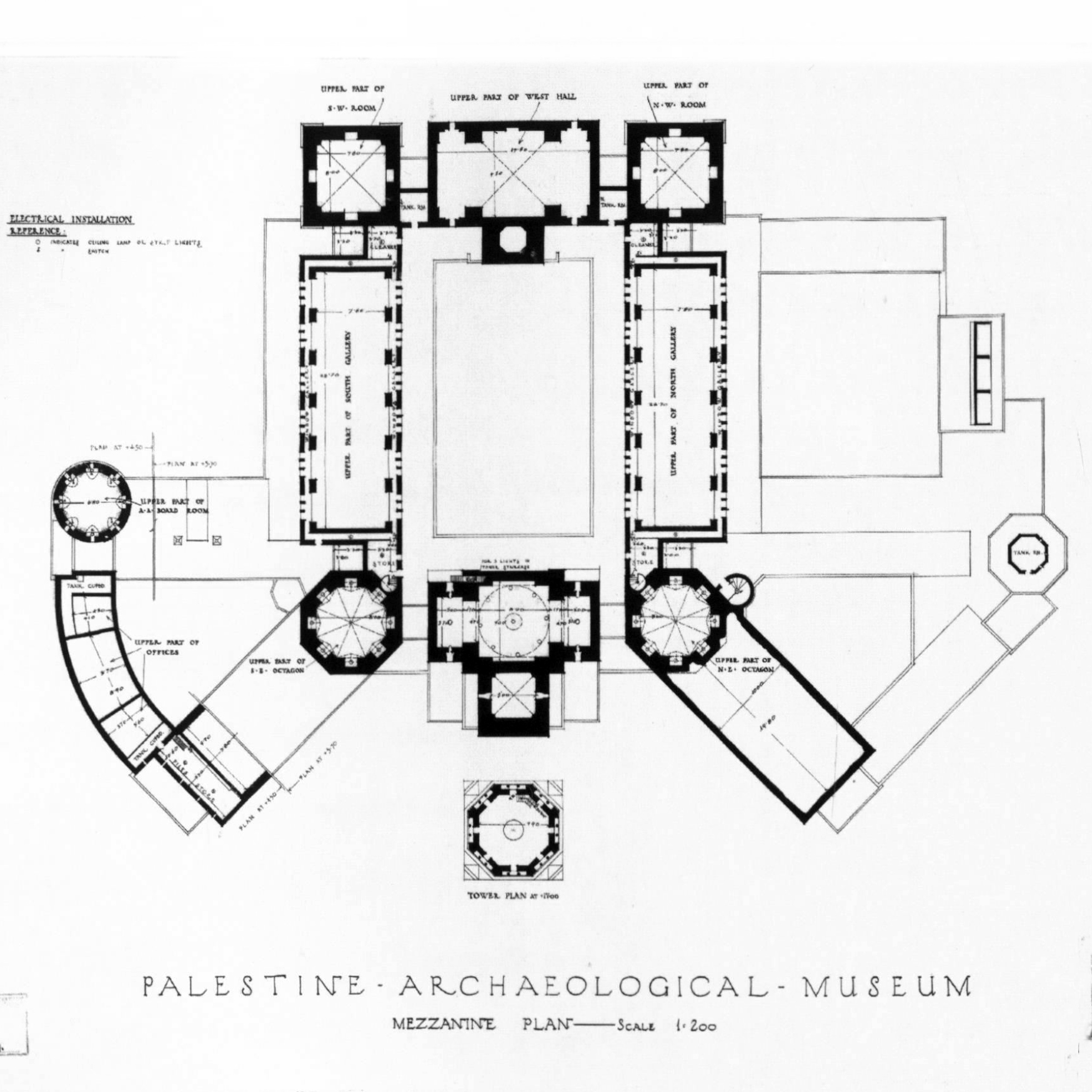The Rockefeller Archeological Museum, formerly the Palestine Archaeological Museum (“PAM”; 1938–1967), is an archaeology museum located in East Jerusalem, next to Herod’s Gate, that houses a large collection of artifacts unearthed in the excavations conducted in the region of Palestine, mainly in the 1920s and 1930s, under the British authorities.
El Museo Arqueológico Rockefeller, anteriormente Museo Arqueológico de Palestina (“PAM”; 1938-1967), es un museo de arqueología ubicado en Jerusalén Este, junto a la Puerta de Herodes, que alberga una gran colección de artefactos desenterrados en las excavaciones realizadas en la región de Palestina, principalmente en las décadas de 1920 y 1930, bajo las autoridades británicas.
With the beginning of the Israeli occupation of the West Bank in 1967, the Palestine Archaeological Museum was renamed “Rockefeller Museum,” and it has since then been under the management of the Israel Museum. Today, the museum houses the head office of the Israel Antiquities Authority.
Con el comienzo de la ocupación israelí de Cisjordania en 1967, el Museo Arqueológico Palestino pasó a llamarse “Museo Rockefeller” y desde entonces ha estado bajo la dirección del Museo de Israel. Hoy en día, el museo alberga la oficina central de la Autoridad de Antigüedades de Israel.
The Museum’s most prized collection, the Dead Sea Scrolls, were housed in the Museum from their discovery, in 1947, until 1967, when, following the Israeli capture of East Jerusalem, Israel relocated the scrolls to the Israel Museum, in West Jerusalem, with the ownership of these scrolls having been heavily contested ever since. A small part of the scrolls, including the Copper Scroll, had been taken to Amman, and is now part of the collection of The Jordan Museum.
La colección más preciada del Museo, los Rollos del Mar Muerto, estuvieron albergados en el Museo desde su descubrimiento, en 1947, hasta 1967, cuando, tras la captura israelí de Jerusalén Oriental, Israel trasladó los rollos al Museo de Israel, en Jerusalén Occidental, con la propiedad de estos pergaminos ha sido fuertemente cuestionada desde entonces. Una pequeña parte de los rollos, incluido el Rollo de Cobre, fue llevada a Ammán y ahora forma parte de la colección del Museo de Jordania.
Text via Wikipedia
